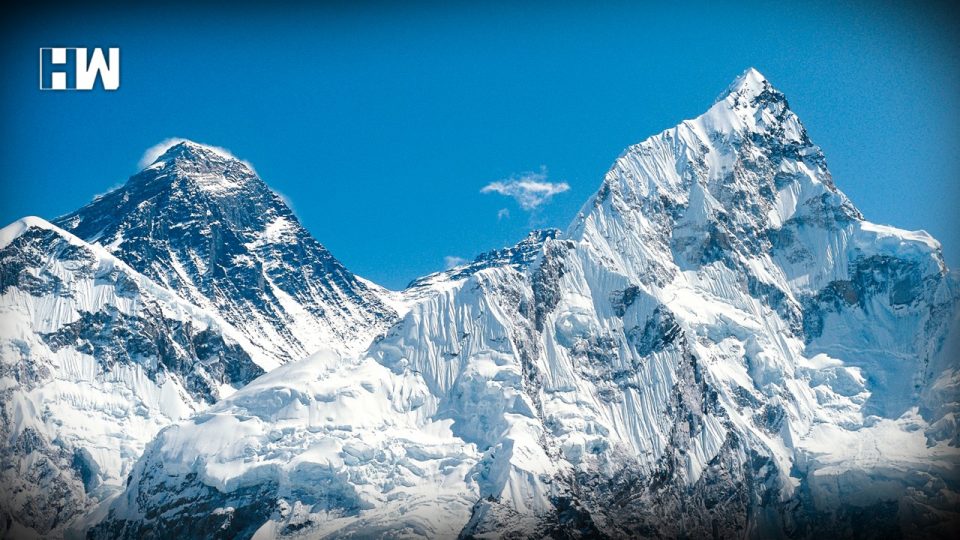Kathmandu | The large number of deaths of climbers on the Mount Everest this season is not solely due to the “traffic jam” on the world’s highest peak, the Nepal government claimed on Thursday, citing factors like high altitude sickness, other health reasons and adverse weather.
The number of deaths on Mt Everest was put at 11 by the international media, making it the deadliest season since 2015. However, the Nepal tourism ministry maintained the death toll at 9.
Four Indians died on the 8,848-metres high Mt Everest and two each died on Mt. Kangchenjunga and Mt. Makalu, bringing the total death toll of Indian climbers in the Himalayas to 8.
“Our attention has been drawn to the wrong information about deaths on Mt Everest conveyed by national and international media,” said Dandu Raj Ghimire, Director General of the Department of Tourism (DoT), adding that “traffic jam” did not cause the deaths.
A ‘Traffic jam’ occurs when many climbers vie for the summit at the same time, and can be especially dangerous above 8,000 metres known as the ‘death zone’
The DoT’s statement has come at a time when it is facing immense criticism for issuing too many permits to scale the world’s tallest peak while disregarding the safety of the climbers, reports The Himalayan Times.
According to Ghimire, the post-mortem reports of the deceased climbers have shown that they died due to high altitude sickness, weakness or adverse weather conditions.
In the statement, the DoT has stated that it had issued 366 expedition permits in 2017 and 346 expedition permits in 2018 – not a huge difference compared to 381 permits issued this year for the highest peak.
“Hence, it untrue that congestion killed climbers on Mt Everest and we urge everyone not to be swayed by false information,” the statement added.
Ghimire also expressed his dissatisfaction at the dissemination of such “wrong” information in the international media.
“Such false news tarnishes our image and affects our mountaineering sector. Therefore, everyone should think twice before passing such misleading messages in international platform,” he added.
More than 200 mountaineers have died on the peak since 1922, when the first climbers’ deaths on Mt Everest were recorded.
The majority of bodies are believed to have remained buried under glaciers or snow.
Five people died on Mt Everest in 2018.
In 2016 and 2017, the world’s tallest peak claimed lives of six and five climbers respectively.
In 2015, quake-triggered avalanches killed 20 climbers.
Hundreds of climbers flock each year to Nepal – home to several of the world’s highest mountains, to scale Himalayan peaks during the spring season that begins around March and ends in June.
According to Nepal Department of Tourism, more than 4,400 people have scaled the summit since Edmund Hilary and Sherpa Tenzing Norgay first conquered the mountain in 1953.
As an independent media platform, we do not take advertisements from governments and corporate houses. It is you, our readers, who have supported us on our journey to do honest and unbiased journalism. Please contribute, so that we can continue to do the same in future.

